Reading Time: 4 minutes
Explore Europe’s cost-effective dining options, with Soumya, selecting quality restaurants, and packing snacks for a satisfying experience—exclusively for Different Truths.


When we travel to Europe for conferences or work, we are usually taken to better restaurants by our hosts, or we take out our guests at company expense, and don’t bother about the price in either case. Or even when we take breaks and go around on our own, we rarely bother much about these things, as we have a reasonable daily allowance in euros for the duration.
However, when travelling on our own, and spending in euros what we earn in rupees, or post-retirement from our rupee retirement benefits, we learn to economise.
For example, a sit-down restaurant is two to three times as expensive as a self-service one, and takeaways are even cheaper. The cheapest is the ready meals from supermarkets, and street food is a bit more expensive.
…try not to convert the currency in your mind. If you do, your meal will be ruined.
However, it’s great to go for a leisurely meal at a good restaurant occasionally to savour the experience and try not to convert the currency in your mind. If you do, your meal will be ruined.
The second thing to remember is that water isn’t free, and beer or house wines are usually cheaper. So is Coke. Water comes in different brands and is either still or sparkling, but sparkling is like soda, so avoid it. I stuck to beer and wine. It’s best to carry your water, which is cheap in supermarkets and, if you buy large bottles, cheaper than beer. I still stuck to supermarket beer and wine.
Another thing is that in many countries, you get money back for returning the bottles and cans, so it’s smart to do so.
The best meals for the price are picnics in parks, woods, riversides, or even monuments, where you carry bread, cheese, cold cuts, and wine. It’s very popular, and it’s what the locals do the most.


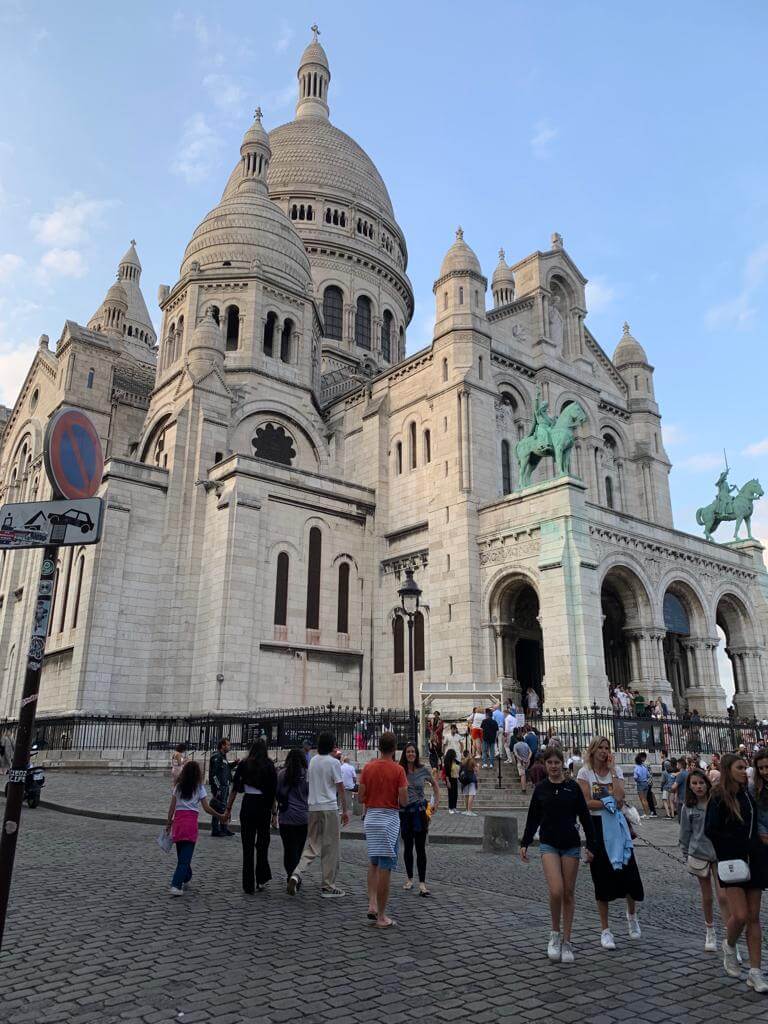

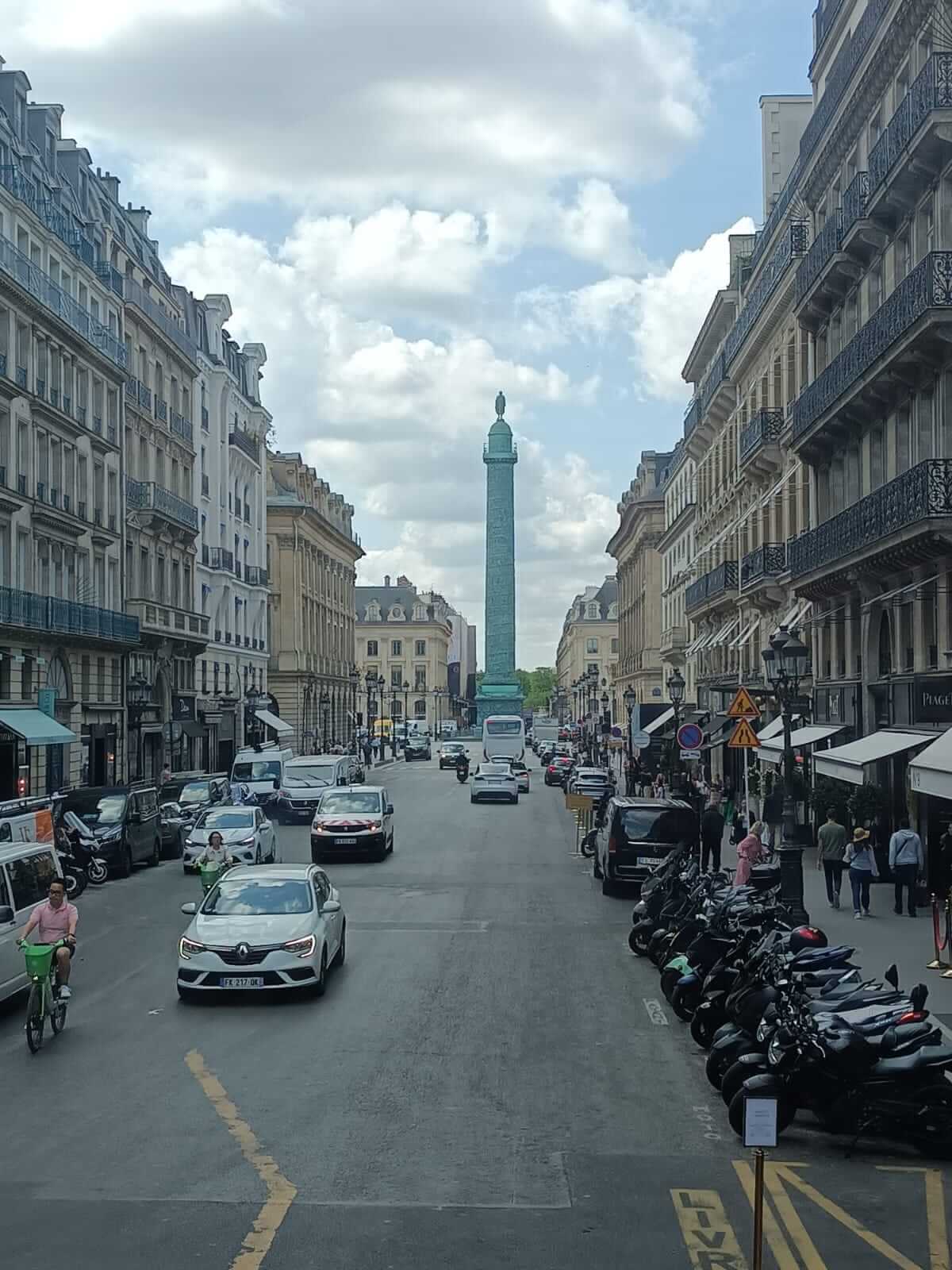

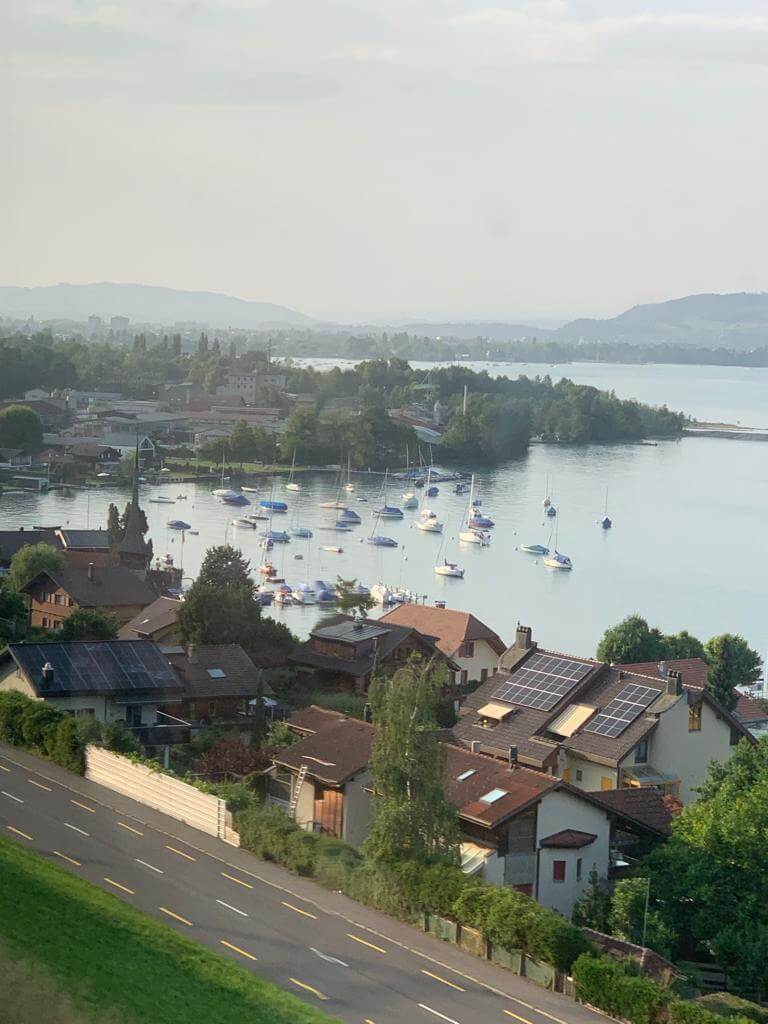



In France, however, it’s better to carry croissants, as their regular bread, baguettes, can be used as a weapon, as well as food, and needs a hacksaw to cut.
It’s best to find out what a dish is, as the names can be misleading.
It’s best to find out what a dish is, as the names can be misleading. The very popular black pudding of Germany is coagulated blood, and French tartar steak is raw meat. A dish that sounded like cheese in Italy turned out to be cow’s stomach, and in Katmandu, we ordered a goat’s head by mistake in a Newari restaurant where no one spoke English or Hindi.
Tap water is usually free and drinkable, as is water from public fountains, and in France, most bistros give tap water for free if you ask. Du carafe, I think that is what you say. And in Italy, the waiters are inevitably Bangladeshi, and you can order in Bangla. In France, Punjabi, Bangla, Urdu, or Tamil might work.
But Switzerland is another matter.
There, the owners inevitably run cafés and restaurants, and except for the large chain stores, they rarely employ outsiders, and anyway, there are hardly any immigrants in Switzerland in the tourist spots.
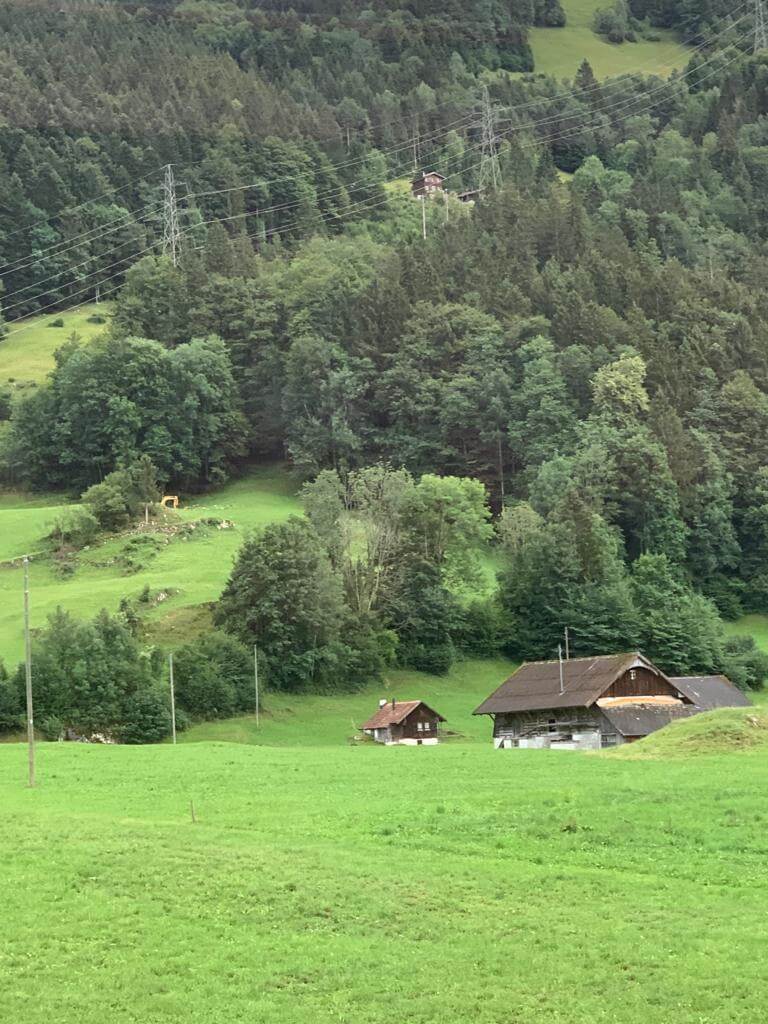







There, even if you ask for tap water, it’s chargeable and costs more than beer in Italy.
Switzerland is expensive even for those earning in dollars or euros, and their money-mindedness beats all our jokes…
Switzerland is expensive even for those earning in dollars or euros, and their money-mindedness beats all our jokes about our business communities. A meal will usually cost more than 100 euros. A steak is 50 euros. The fondue is 50 euros. Our neighbourhood café in Salt Lake serves what it calls fondue for 400 rupees. After all, it is molten cheese with garlic to be had with bread.
Their national dish, fondue, is quite large, and expensive. And helpings are huge, by Indian standards at least. But they do not have the concept of sharing. There is no half (1/2) for them. And in Switzerland, if you want to, they charge you extra for sharing!
Another shocker, at takeaways, we’re used to picking up those little sachets of ketchup or mustard, but in Switzerland, even those are chargeable.
Swiss food, like German food, is an acquired taste.
Swiss food, like German food, is an acquired taste. But Italian and French cuisines are exquisite and worth every Euro you spend on them. And incidentally, they have as little resemblance to the continental food available in India anywhere except the poshest places as Delhi’s Bengali sweet house fare has to Bengali sw
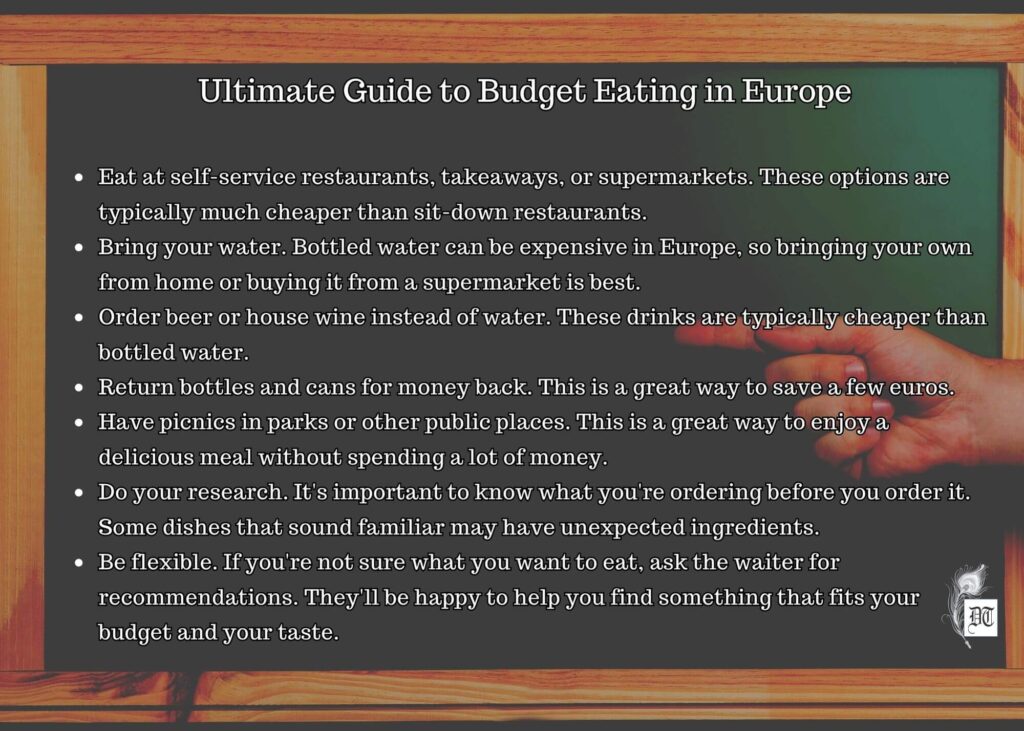

Photos by the author
Inbox picture by Anumita Roy

















